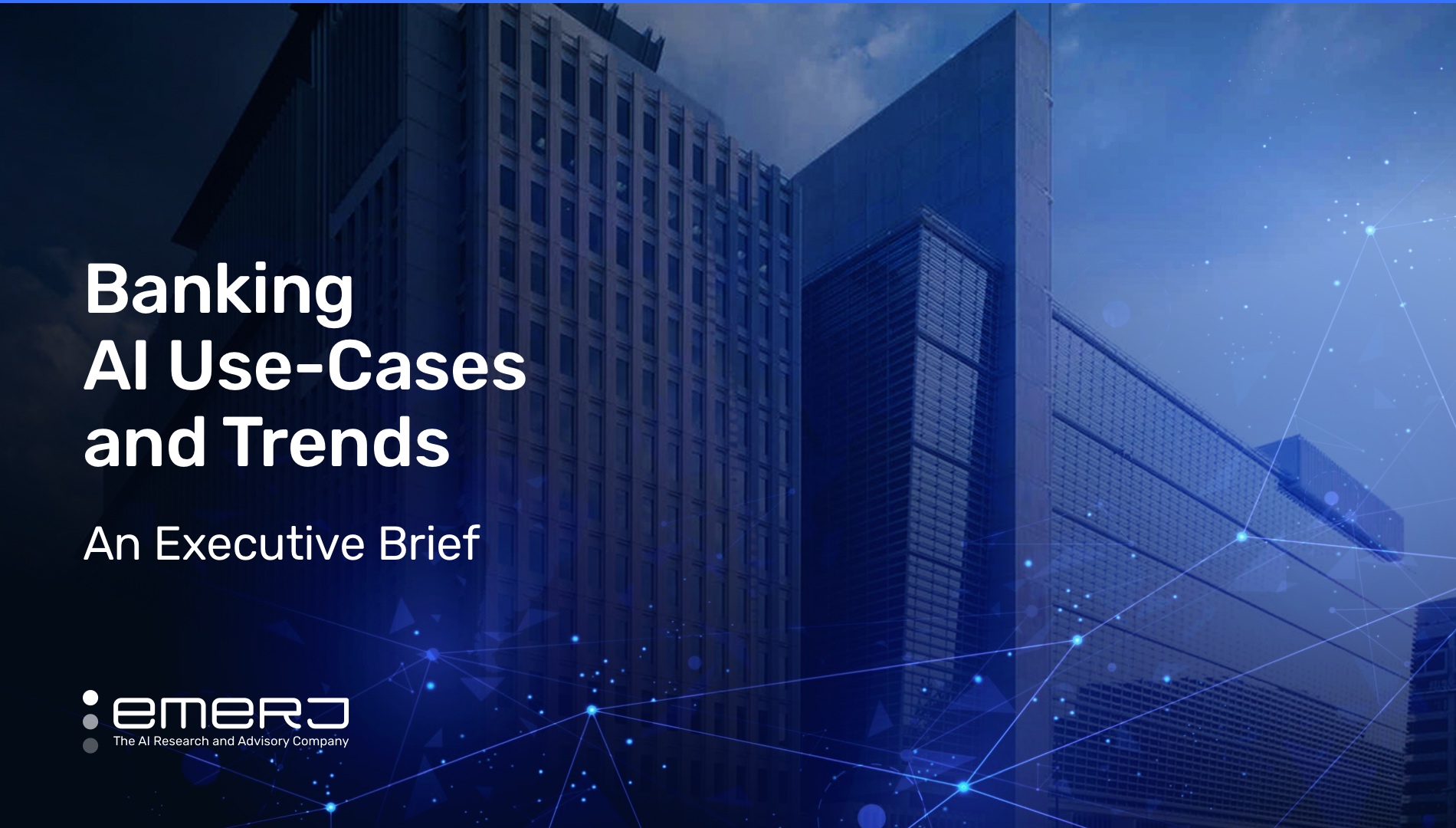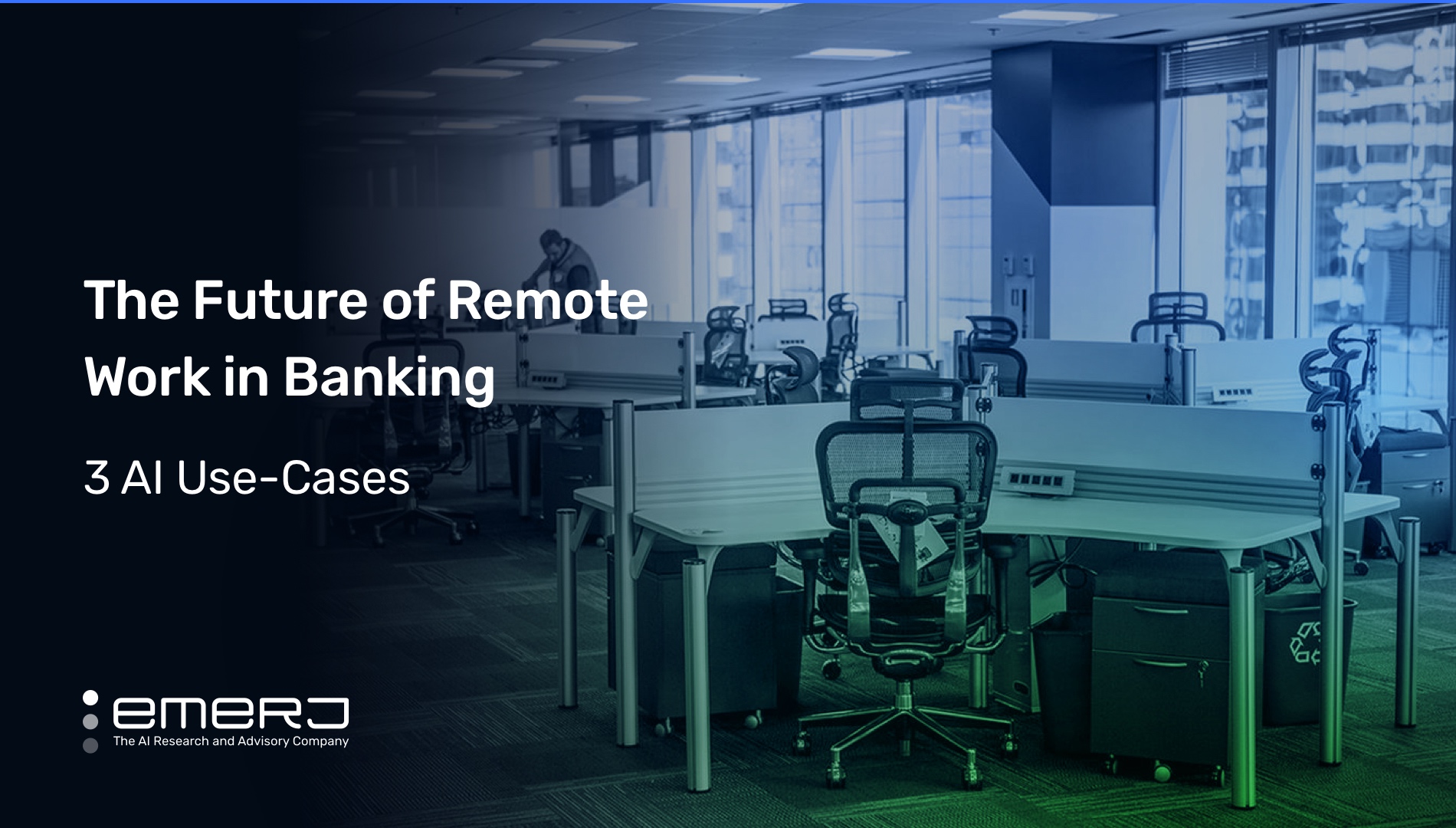The Foundational Phase of CX Transformation – with Aamar Hussain of Microsoft
Customer experience (CX) teams often face a complicated puzzle when it comes to budgetary decisions and resource allocation within their organizations.
While the increasing understanding of the potential for AI capabilities to significantly impact the future of customer experience transformation, many organizations are still driven by traditional budgetary thinking and cost-cutting mentalities, which can undermine the progress and success of AI-driven initiatives.
In the defense of budget hawks, measuring the impact of transformation projects can be challenging as the growth and benefits those projects generate are often less tangible and more challenging to quantify than traditional profit centers in sales. Through customer experience transformation via data, companies can achieve not only a better CX but also a more profound outcome: the realization of the value of their data.
Emerj Senior Editor Matthew DeMello recently sat down with Aamar Hussain, former director of Data & AI Solutions Architecture for Microsoft Azure’s customer success team, on the ‘AI in Business’ podcast. Together, they discussed the pitfalls leaders often face during the initial phase of transforming their organizations through developing CX-focused capabilities.
This article will examine three insights to help leaders transcend the obstacles Hussain identifies during his appearance that can hinder the CX transformation process whether organizations have already begun or are just getting started:
- Starting with a clear, compelling business case: Focusing on a crafted business case in place will help build support for the transformation among stakeholders and provide a framework for decision-making that helps to prioritize initiatives and resources.
- Knowing when and why to seek a third-party vendor: A criteria for deciding where and when to cultivate data engineering and AI modeling internally, and when to seek outside help.
Listen to the full episode below:
Guest: Aamar Hussain, Director, Data & AI Customer Solutions Architects customer success team for Microsoft Azure
Expertise: Cloud Transformation, Conversational AI, CX transformation, AI Evangelism
Brief Recognition: Before his most current appointment leading the Data & AI CSA (Cloud Solution Architects) team for Azure’s customer success team, Hussain headed up the Contact Center AI (CCAI) practice at Google, helping its customers create and deliver CX (Customer Experience) transformation objectives using Google AI/ML.
Starting with a Clear, Compelling Business Case
When embarking on a customer experience transformation project, it is imperative to have a well-crafted business case that outlines the objectives and benefits of the transformation project.
This business case can help build support for the transformation among stakeholders and provide a framework for decision-making. It can also help to prioritize initiatives and allocate resources effectively.
According to Hussain, an essential step in the process is identifying the specific business problem that the CX transformation aims to solve. “It really depends on your business vision in terms of what you want to do,” Hussain says.
Companies must then consider how CX transformation can help them achieve their goals. Often – and even in many enterprise tech companies – areas of the business driven by innovation or change aren’t taken as seriously as those have been seen as costs to be minimized rather than revenue-generating engines.
As a result, cost-centers aren’t taken as seriously as areas of the business with more traditional revenue streams.
However, through well-executed, data-driven CX transformation, Hussain tells Emerj organizations can start to recognize their data’s value, particularly in creating new revenue streams. By leveraging data more effectively, organizations can tie transformation and innovation efforts more directly to revenue, making them more compelling to finance and other stakeholders:
“And so you would reduce funding on it, rather than increase investment in it. But you know, that needs to change. But because ultimately, what we’re seeing, and what I’ve seen in my experience is that we can get into a stage right now with AI and machine learning that, if it’s put to the right business use case and a thought-out plan behind it, you can actually turn this example of CX from being a cost overhead into a revenue-generating component of your organization.”
Microsoft Azure Director, Data & AI Customer Solutions Architects in Customer Success, Aamar Hussa
Know When and Why to Seek a Third-Party Vendor
For companies embarking on a CX transformation journey, there are often questions around whether to build the solution in-house or partner with a third-party vendor.
Aamar Hussain suggests the decision ultimately depends on a company’s business vision and strategy.
For larger companies or those with more significant resources, it makes sense to cultivate internally the specific data-engineering and AI modeling capabilities required to transition from a pre-AI CX organization to a data-driven one. Having those skills in-house will allow for greater control and customization of the system and be specific to how the data must be organized for your particular business requirements.
“There’s only a certain amount of customization that you’ll be able to do with third-party vendors,” Hussain says. “If you’re looking to just go all-in with a third party, you’re going to have to rebuild those use cases and those processes in the new world from scratch. Whereas if you do it yourself, and if you build yourself – you’re in control, you can do as much customization as you as you want to suit your business requirements.”
Aamar tells Emerj that, ultimately, whether to retain these types of skills in-house or to look externally depends on your business and vision for the CX transformation underway. Still, a hybrid solution is often the most ideal.
According to Hussain, building an open ecosystem for the data that supports your CX transformation is crucial. In addition, companies need to consider migration and portability when outsourcing to a third-party vendor. He warns that these aspects are sometimes left as an afterthought but are critical for a successful transformation:
“You need to think about migration and think about portability because those are things that sometimes are left or are done as an afterthought because people think about having a solution or system. But they’re not thinking about where and how they’re going to go from where they are to this new solution, if you’re thinking about a transformation.”
Microsoft Azure Director, Data & AI Customer Solutions Architects in Customer Success, Aamar Hussain
Furthermore, Hussain tells the Emerj podcast audience testing and transitioning to new solutions is also critical for companies when outsourcing. Hussain advises, “It’s really important to make sure that you’ve thought about those things because people get stuck in that process. And then the other thing I would say is the testing component of it, and how you release that and transitioning from one to another.”
Companies can have a successful CX transformation by outsourcing some aspects of the project and maintaining control over critical areas. However, it’s essential to carefully consider the strategy and ensure that the right balance is struck.
Hussain foremost suggests that business leaders “want to give some parts of that and outsource it to a third-party provider who can do the whole stack all piece for you all the way from telephone, to conversation design to integrate back end integration and then give you a service per se.”
It’s also necessary in successful CX transformations to constantly test and transition from one solution to another, noting that outsourcing can limit customization.
“If you’re looking to just go all in with a third party, you’re gonna have, you’re gonna have to rebuild those use cases and those processes in the new in the new world from scratch, and you’re gonna have to kind of redesign it in what’s available for you in that outsource solution you’re gonna get,” Hussain explains.
One crucial factor to consider is building an open ecosystem for the data behind the CX solutions.
As Hussain puts it, “You need to make sure that you always build an open ecosystem for your data that you hold behind all of the solutions that you build. So that ultimately, you have control and you are in charge of the data that you are utilizing and using to support and build these capabilities and the solutions that you have.”







